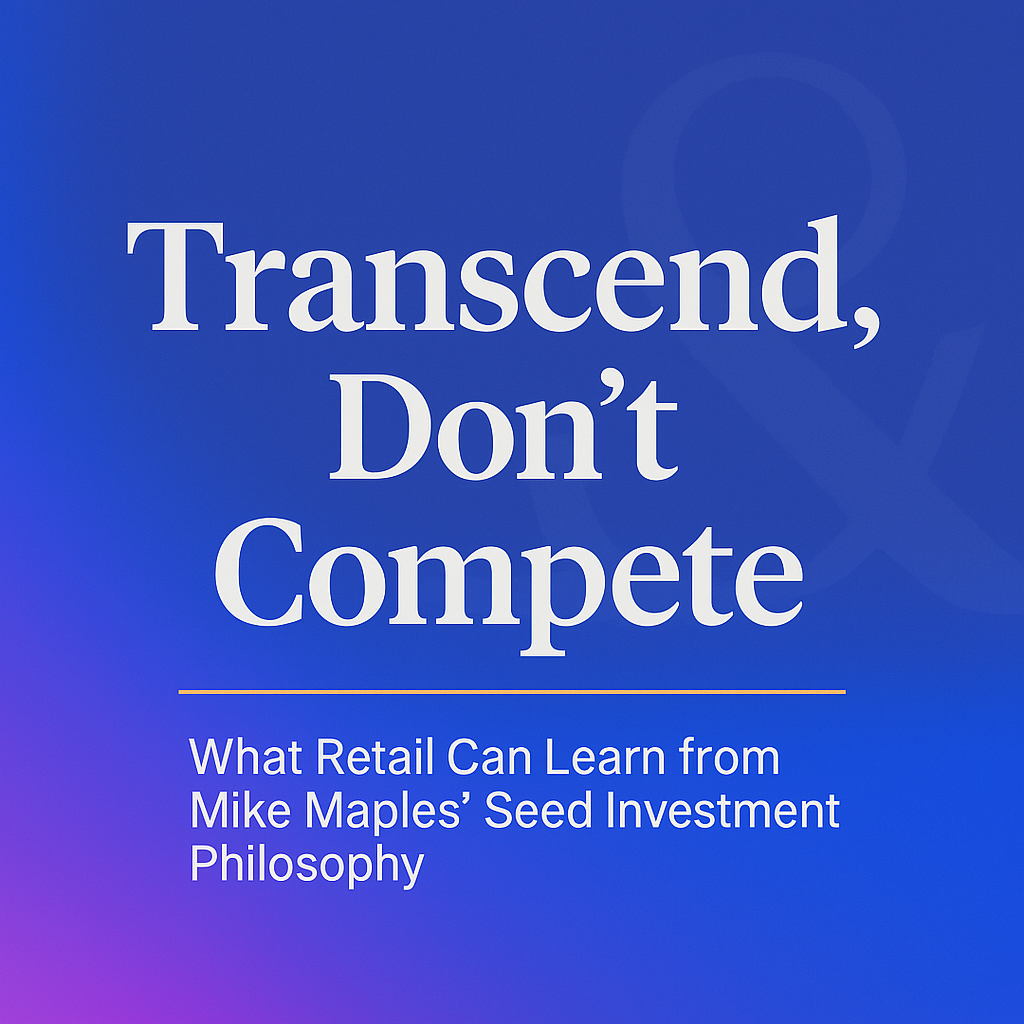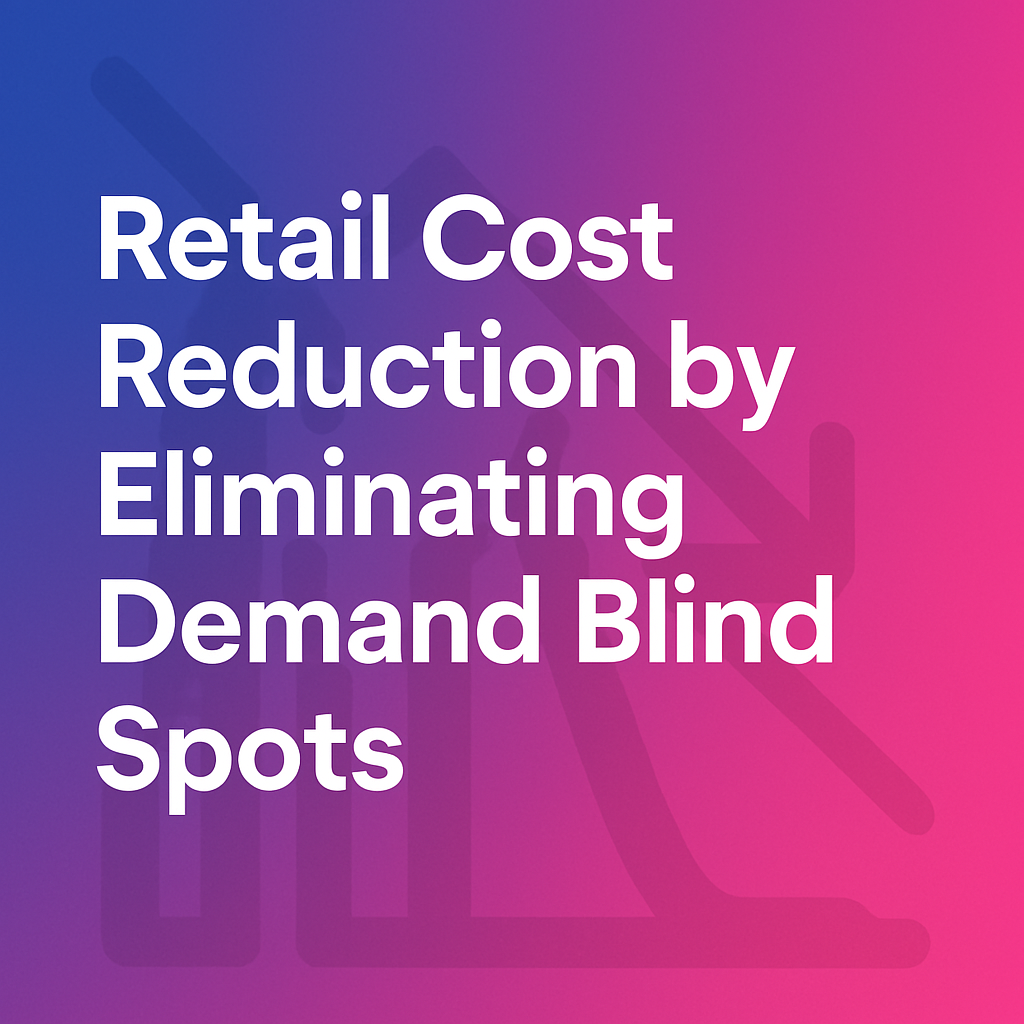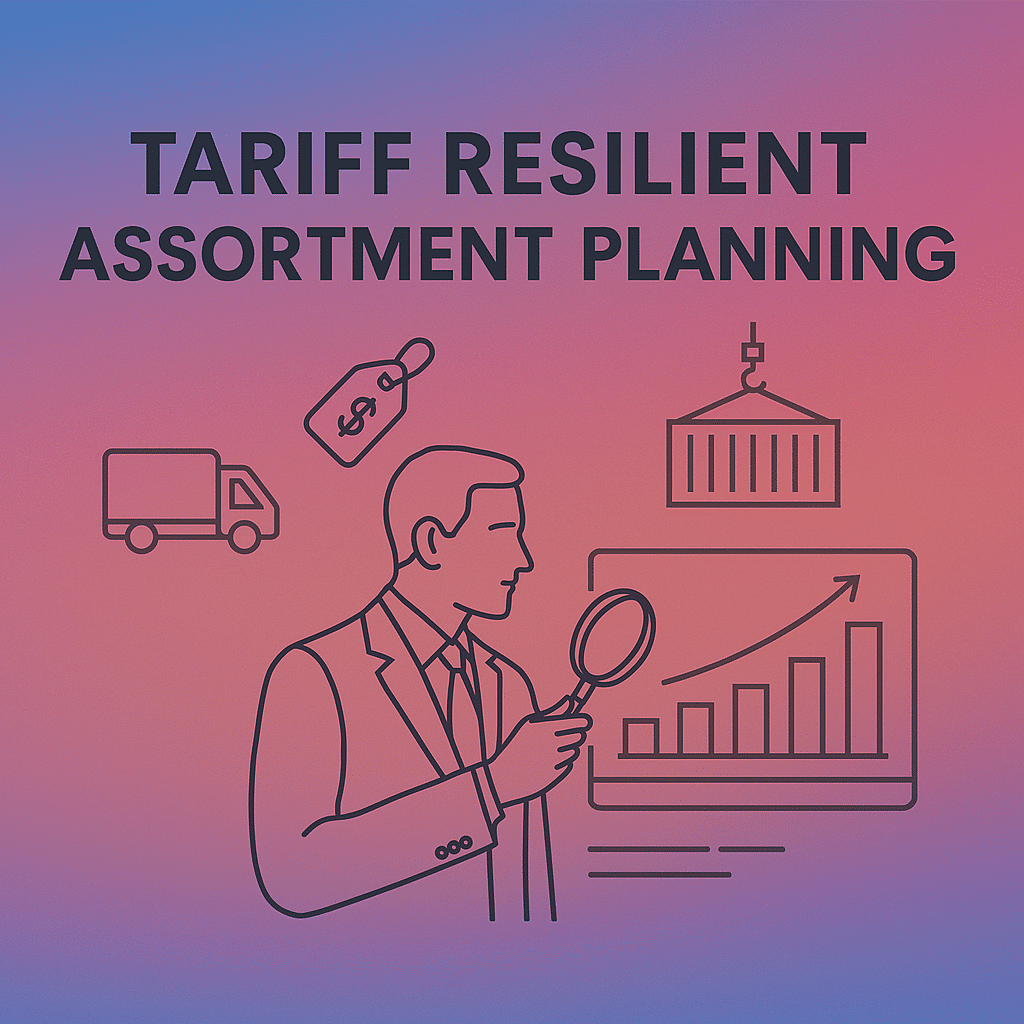Two Way Conversation With Consumers Through Predictive Analytics

Sense and Respond is the new way to win consumers in the era of digital technology. A two-way conversation with the market requires a thinking shift in organizations. There is a need to move from the engineering model (the industrial organization) to this new model. Predictive analytics and advanced analytics come in handy in transforming the organizations into a two-way conversation culture with the market.
Fashion, lifestyle, and sports brands are still using the old practice of building and shipping products to consumers. The old way of building cars and shipping to consumers is a one-way conversation with the consumer. We can take a lot of learning from the software industry. The best software respond constantly based on market feedback. The Chaos Report of 1994 by the Standish Group found that 84% of IT projects failed to deliver results. The inference was the software industry was using the wrong model for building software. The success rate of fashion is also in the same space with two-thirds of products not meeting True Consumer Demand.
Fashion, Sports, Lifestyle and Home retailers and brands are at a juncture for a similar re-invention.
Is there scientific proof to this need for sense and response? Yes, we find our answer in Einstein’s theory of relativity.
Einstein’s Theory Of Relativity & Sense and Respond
In a simplified form, the theory of relativity implies,
a) The faster we go the more our clock slows down relative to someone standing still. In short, moving clocks run slow.
b) Distances shrink in the direction of motion
c) Mass increases with speed
The famous equation coming out of the special theory of relativity is
E = M * C^2
E = Energy
M = Mass
C = Speed of Light
Taking some clues from the theory of relativity, one could say,
- Faster a business moves (in the direction of consumers), the younger it stays. That means it stays relevant longer. In its extreme, the business remains timeless. This has an exponential impact.
- Distances shrink in the direction of motion, these businesses accomplish goals in less time.
- Mass (it is the substance of any business, let’s call it the collective learning of the business) increases with speed. Essentially such businesses have more learning cycles.
We could therefore say,
Energy (Power of a Business) or Progress = Mass (collective learning) * Velocity of Learning
It is all a game of relativity.
Sense and Respond Culture
Fashion and lifestyle products go through continuous change from a demand perspective with time. In such cases, the industrial model of delivery, which makes to standard design and continues to ship from assembly lines do not work. Two-thirds of the products made do not meet consumer demand. The result is an oversupply of products causing economic and environmental damage.
The fundamental shift between the process model of the past and the sense and respond model is the uncertainty. We need a new model to manage uncertainty.
Two fundamental ingredients to Sense & Respond culture are,
- Small Batch Sizes
- Continuous Market Feedback
to guide progress. Along with there is a need to redefine the definition of done.
Redefine The Definition Of “Done”
A common definition of “done” is when a project is complete. We say “Done” for example is
a) When a line is complete
b) When a buy is made
c) When an allocation is done
The delivery of end result to the business is the real done. In other words, the outcome of the projects is the real “done” not the project milestones.
Most of the fashion calendar activities are outputs. Outcomes are ambiguous and not clear when the calendar is in process. Hence we resort to measuring output.
How about bringing market signals into the planning process and make the decisions to be outcome driven? In other words, we resist responding to uncertainty with detailed plans. Rather, we use consumer intelligence is constantly responding to the signals.
This is a different way to navigate uncertainty. The impact of doing the business this way is extremely significant. We at Stylumia have seen key metrics of sell-outs, inventory turns change exponentially not incrementally with our clients by practising an outcome-driven approach. Few validations here. Stylumia Customer Voice 1, Stylumia Customer Voice 2, Stylumia Customer Voice 3
That leads us to create a perspective of running the fashion business as software.
Fashion As A Software (FAAS)
If we consider fashion as software, we can bring a huge shift in the way we work. The question is how do you get constant market feedback.
We need to understand “Sense” deeply before we respond. There is a huge misunderstanding of sensing in the retail industry. In fact, there is plenty of data. What we need is a filter that provides consumer pulse than noise. You can read more in our earlier article “Are You Guided By Fashion Intelligence Noise (Or) Signal?“.
Spotting what is in the market is not “sensing”. We need to really understand the True Demand of the market. Otherwise, what we are spotting is a lot of noise. This is because the fashion supply is one-third signal and two-thirds noise. This is a non-trivial problem. The big data analytics solutions of today are noisy giving misleading information with,
a) Noisy price insights
b) Noisy assortment insights
c) Noisy category insights
d) Noisy attribute insights (color, fit, neck etc…)
There is a need to understand the True Demand of the market. This insight made us invent Demand Science®. Demand Science is predictive analytics of the True Demand of the market and not the descriptive analytics of supply. This Demand Science powers Stylumia’s Consumer Intelligence.
Once you have the right signals, embedding these signals into the merchandise pipeline helps you follow a responsive fashion to True demand. This is true for here-and-now in-season decisions and spotting trends for pre-season decisions.
With Demand Science and predictive analytics, you can find out the best performing brands, categories, and products in a given market. For example, the visualization below gives you the market landscape in Europe across three categories and select brands in the last few months. This is a representation of consumer True Demand with respect to the categories and brands, not the supply trend. Clearly, MANGO is connecting better with consumers across the three categories Pullover, Jackets & Coats. This true demand ratio comes from one of its kind Stylumia’s proprietary demand sensing engine and predictive analytics engine.
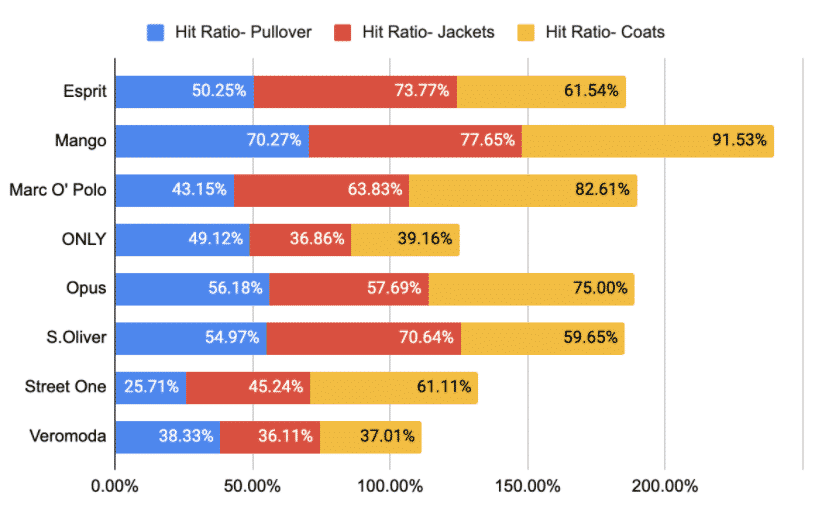
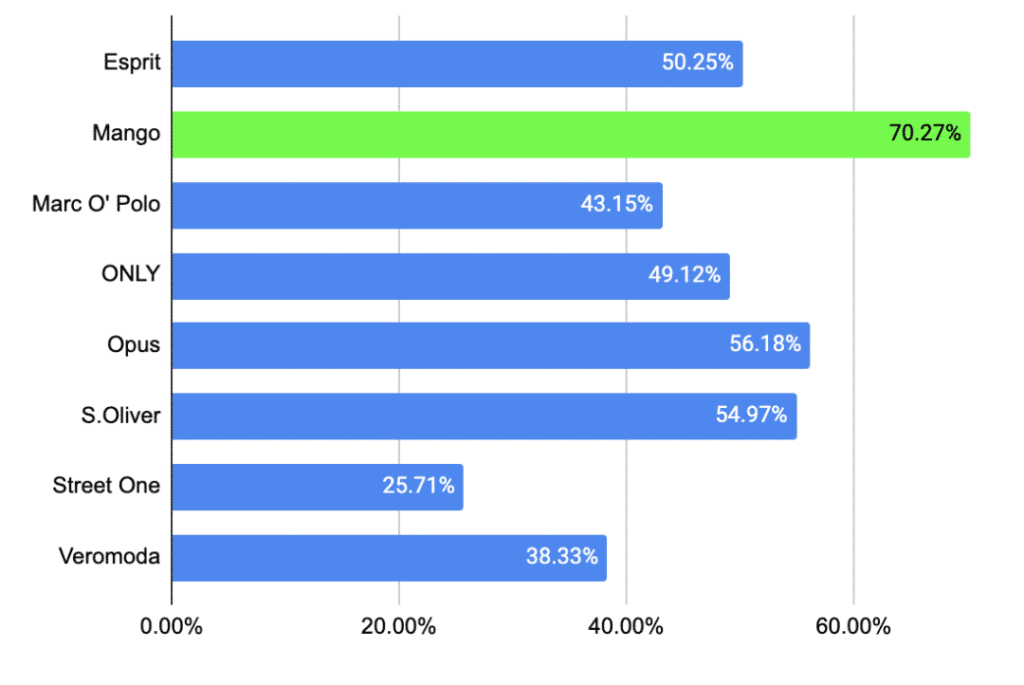
In Conclusion, Brands and retailers who are winning with consumers are the ones who,
a) sense and respond with predictive analytics with Demand Science, not supply signals,
b) who run Fashion As A Software (FAAS) mindset, and
c) who are outcome-driven not output-driven
Choose your sense and respond strategy wisely with minimal noise, if you want to get your chance of winning far better than a coin toss.

